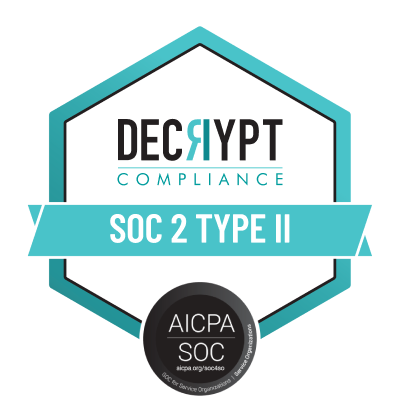Cyvers as an Active Co-Signer: Redefining Wallet Security in Web3
How Cyvers embeds preemptive threat intelligence into every wallet transaction to stop hacks before they happen.
.png)
In 2025, crypto security isn’t about if an attack will happen, it’s about when. And with over 80% of stolen funds stemming from wallet breaches, it's clear the weakest link isn’t just smart contracts or exchanges, it’s the wallet itself.
That’s why Cyvers is launching a game-changing capability: Active Co-Signing.
As the Web3 security leader with a proven record of intercepting over $10B in losses and protecting top exchanges and custodians, Cyvers is now embedding its real-time threat intelligence into wallet transaction signing itself, acting as an active co-signer to stop malicious actions before they reach the chain.
The Problem with Today’s Wallet Security
Traditional wallet security, multi-sig setups, hardware wallets, and whitelists, offer a strong start. But we’ve seen time and again that even those measures fall short:
- WazirX lost $235M even with a multi-sig + hardware signing + third-party custody.
- Radiant Capital suffered a $50M breach after signers were compromised via malware.
- Bybit lost $1.5B in 2025 when blind-signing and compromised payloads allowed a complete wallet drain.
These were not failures of infrastructure. They were failures of context-aware threat prevention at runtime.
Cyvers as a Co-Signer: Security Built Into the Transaction Flow
Cyvers’ innovation lies in its ability to act as an intelligent co-signer for any transaction, integrated directly into your MPC or multi-sig wallet setup.
Here’s how it works:
- Intercept the Transaction Before Signing
When a transaction is initiated, Cyvers simulates it against a real-time threat intelligence engine.
- Behavioral and Contextual Risk Analysis
Cyvers analyzes:
- Wallet balance changes
- Contract state diffs
- Known malicious addresses
- Policy violations
- Unusual behavior and blind signing attempts
- Threat Verdict: Sign or Block
If no risks are flagged, Cyvers co-signs the transaction. If risks are detected, Cyvers denies the transaction, preventing damage proactively.
This is not just signature validation, it’s active risk-based decisioning baked into the transaction path.
Why Active Co-Signing Is a Game-Changer
- Stops Blind Signing Dead in Its Tracks
No more trusting that signers have read every payload. Cyvers reads for them and signs only if it’s safe.
- Prevents Policy Violations & Sanctions Risks
Cyvers screens counterparties in real-time, ensuring compliance is enforced at the transaction level.
- Fully Compatible with MPC/Multi-Sig Wallets
Works seamlessly with platforms like Fireblocks, Gnosis Safe, Ledger Enterprise, and custom wallet stacks.
- Milliseconds of Latency, Billions Saved
Cyvers simulates millions of transactions each month with sub-second response times, already proven in production with Ledger and others.
Real Incidents That Could’ve Been Prevented

What This Means for Wallet Providers and Custodians
With Cyvers Active Co-Signing:
- Wallets gain a policy-enforcing, AI-powered co-signer.
- Custodians can guarantee transaction integrity at runtime.
- Exchanges eliminate manual signer risk without adding friction.
- Compliance officers sleep easier knowing every outgoing transaction is vetted.
Final Thoughts: Trustless Doesn’t Mean Trusting Blindly
In a world of deepfakes, state-sponsored hacks, and wallet exploits disguised as legitimate transfers, signing a transaction isn’t just about keys, it’s about context.
Cyvers as a co-signer brings that missing context.
It’s not just prevention. It’s intelligent transaction control. And it’s the future of wallet security.
👉 Learn more or schedule a live demo: https://calendly.com/d/cqjd-77h-r6x/cyvers-first-call?utm_medium=blog&utm_campaign=shiri
Next generation threat prevention
Identify patterns and anomalies across blockchains in real-time for proactive mitigation.




.webp)
.webp)
.webp)

.webp)
.webp)